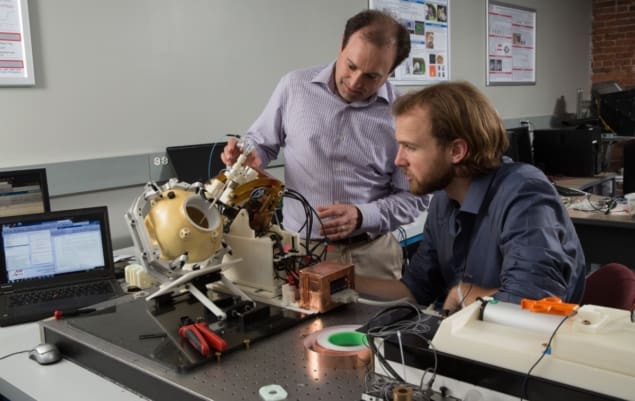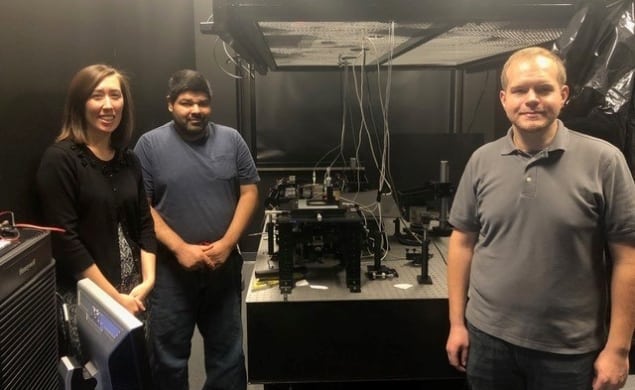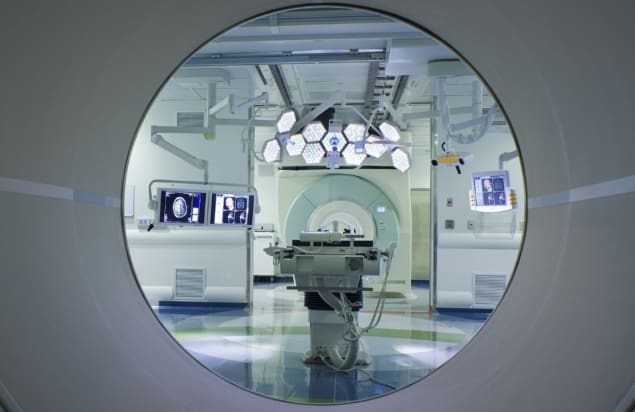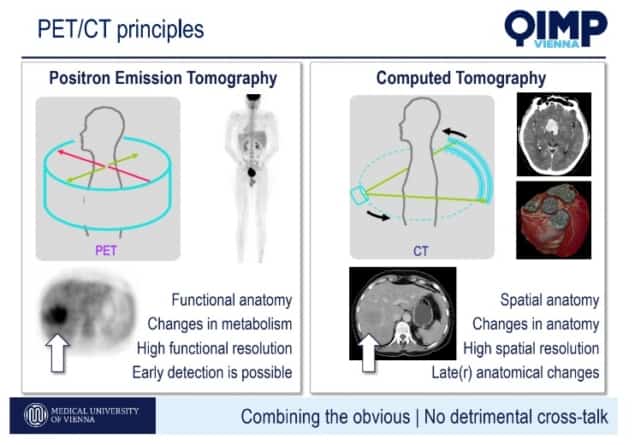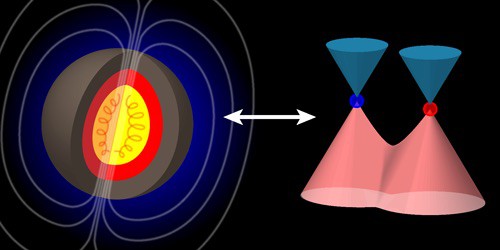ΦΥΣΙΚΗ Β ΛΥΚΕΙΟΥ ΠΡΟΣΑΝΑΤΟΛΙΣΜΟΥ ΘΕΤΙΚΩΝ ΣΠΟΥΔΩΝ "ΚΑΤΑΣΤΑΤΙΚΗ ΕΞΙΣΩΣΗ ΤΩΝ ΙΔΑΝΙΚΩΝ ΑΕΡΙΩΝ"
In this episode of Physics World Weekly, Physics World’s general physics editor Hamish Johnston is joined by colleagues to discuss quantum technologies, biomedical research plus the week’s research highlights.
First up in the podcast, industry Editor Margaret Harris speaks about the launch of the €1bn European Quantum Flagship, which she attended at the Hofburg palace in Vienna, Austria. Harris was also at a showcase event in London about the UK’s national quantum technology initiative, which has been allocated extra funding in the government’s recent budget.


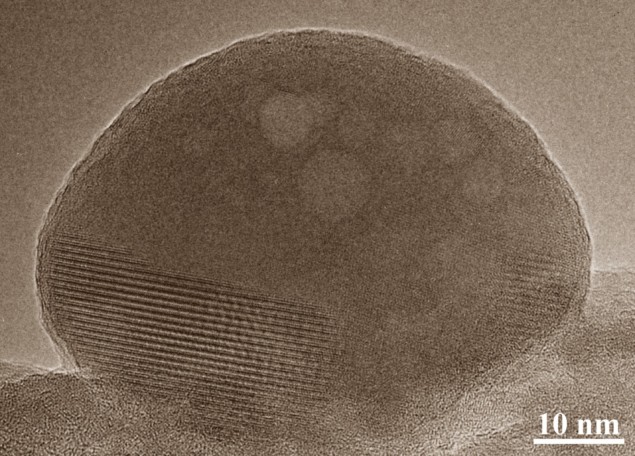

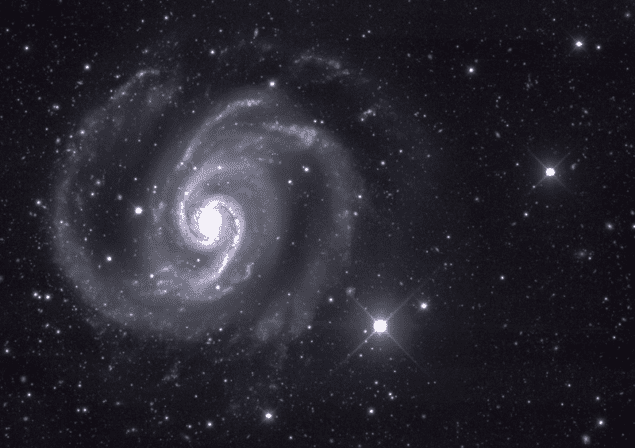






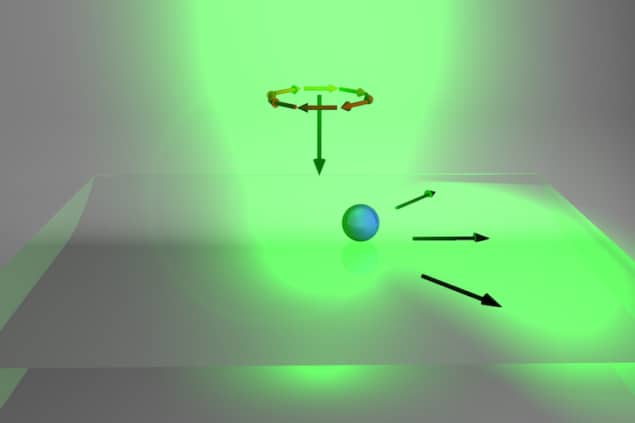
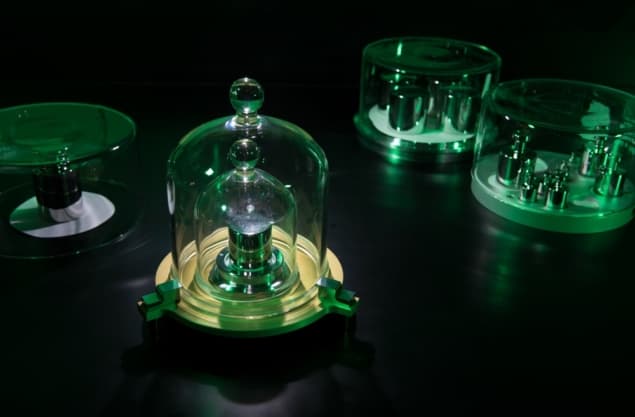
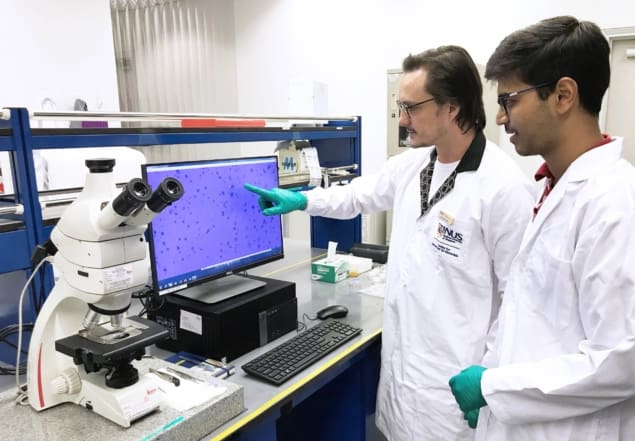
 (Courtesy: USDA)
(Courtesy: USDA)
